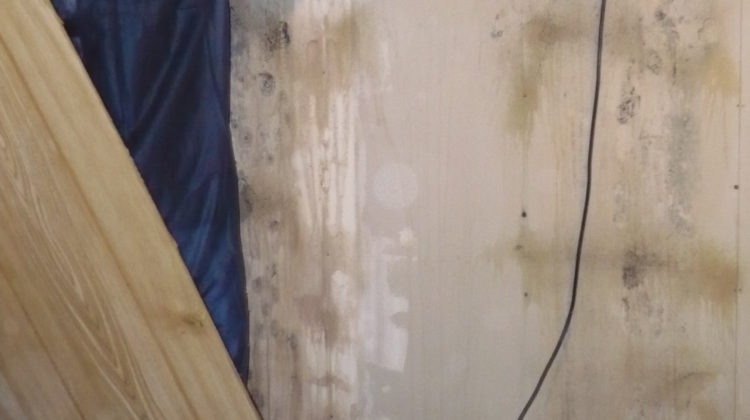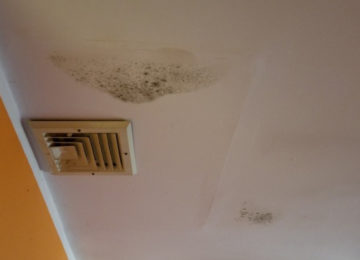Let’s set the record straight… Is it a myth that bleach will kill mold?
I want to begin our first blog by hopefully clarifying the misconception that bleach is an effective affordable mold killer. How many of you have used bleach only to find the mold comes back? How many have used bleach in such high concentrations (myth… more is better) that your chest hurts, eyes burn, and you suspect the chlorine gases are actually doing more harm than good?
I have met homeowners and contractors who will demo a basement full of mold and spray bleach on the structural wood and concrete. The problem is bleach will not kill mold on porous surfaces. It is like pulling the leaves from the dandelion on the lawn only to find it grows back a couple of weeks later. The chemical in bleach, sodium hypochlorite, does not penetrate the roots. Studies have found that the chlorine in bleach gases off (not healthy) leaving the water behind which actually exacerbates the mold growth.
What Mold-Killing Solution Should You Use?
A solution of 10% bleach to 90% water is fine for small NON-Porous surfaces like tile, but not the grout. I prefer a much less toxic solution utilizing straight white vinegar or tea tree oil (2 teaspoons of tea-tree oil and 2 cups of water). Let the solution dry, then Hepa vacuum the area. The last step is to damp sponge the area with a mild detergent and water mix. If anyone has had any success with other green products that will kill mold we would value your suggestions.
Ensure the materials are completely dry within the next few hours and prevent any future water intrusions or excess humidity from allowing future mold to grow back. Always use personal protective equipment when cleaning mold such as gloves, eye protection and a minimum N-95 rated mask.
Let The Pros Handle Your Mold Issue
As per the EPA website, areas larger than 10 square feet should be remediated by a professional. I have found the only way to remove mold from sheetrock is to entirely remove the contaminated material.
Larger remediation projects utilize negative air machines, air scrubbers, commercial Hepa vacuum abatement equipment, commercial biocides and containment procedures which protect the areas of the home from being cross contaminated during the demolition and remediation phase.
Any questions or comments pertaining to this topic, we would welcome your participation. Please contact us today to learn more about our mold testing and remediation services on Long Island, NY. Thanks for visiting us!


